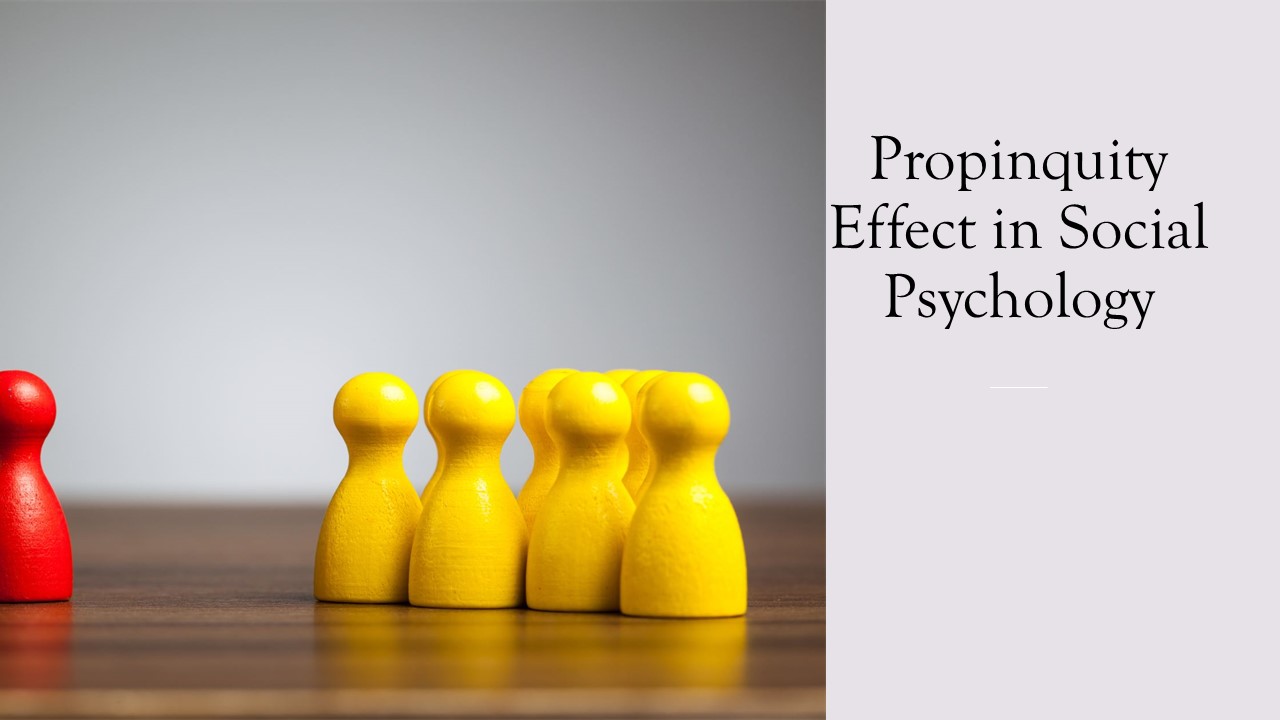Generally, “propinquity” refers to proximity and nearness in space and time. It is the state of being close to something or someone. Sometimes, propinquity refers to a similarity of nature between people. What effect does the “propinquity effect” have on our liking and loving?
Varieties of Propinquity
In sociology and social psychology, the term “propinquity” refers to the physical closeness and spatial proximity of one person to another. This can be, for instance, “residential propinquity”, acquaintance propinquity” or “marital propinquity.”
“Residential propinquity” refers to the tendency of people residing in the same neighborhood area to come together. Residential propinquity frequently works as a factor in friendship and marriage selection (see another article). For example, residential neighbors and residents living near a stairway in an apartment building tend to become friends more easily than those living further apart.
“Acquaintance propinquity” refers to the tendency of people living close to each other and seeing each other frequently to develop special bonds of interpersonal attraction. Propinquity predisposes people with a greater degree of physical proximity to being attracted to each other and becoming friends. For example, children and teenagers living in the same neighborhood, in the same apartment building, or going to the same school are more likely to become friends than others.
“Propinquity marriage” refers to the tendency of people residing in physical proximity to each other (within several blocks of each other) to select marital partners within such residential propinquity (see another post). It was based on real statistics of marriages when sociologists first investigated it in the first part of the 20th century (see another post).
In the last few decades, the increasing social mobility of people and the growing influence of virtual propinquity have changed the role of the propinquity effect.
Propinquity Effect in Social Psychology
In social psychology, this power of spatial or virtual proximity between persons is called the “propinquity effect.” This is the tendency of people to like others and develop an attraction to people they frequently encounter. Frequent exposure and interaction with another person act as driving forces in the formation of our close bonds with others.
American social psychologist Leon Festinger (1919–1989) and his colleagues proposed the “propinquity effect” in their paper “The Spatial Ecology of Group Formation” in the 1950s (Festinger, Schachter, and Back (1963/1950) . The authors of the article explained how frequent interaction with people aided in the formation of friendships.
Individuals encountering others in such spatial proximity began to like them, find them attractive, and develop close bonds. This propinquity effect can happen in schools, sports clubs, colleges, neighborhoods, workplaces, and other places where people see each other often. The propinquity effect is lower and the bonds are weaker with those we meet and interact virtually.
The “propinquity effect” is closely related with the “mere exposure effect.” The mere exposure effect explains why propinquity increases liking of others. The more frequently a person perceives something or someone, the more they like them. Yet, such a mere exposure must be positive, not aversive. Only in this case does the propinquity effect work.
